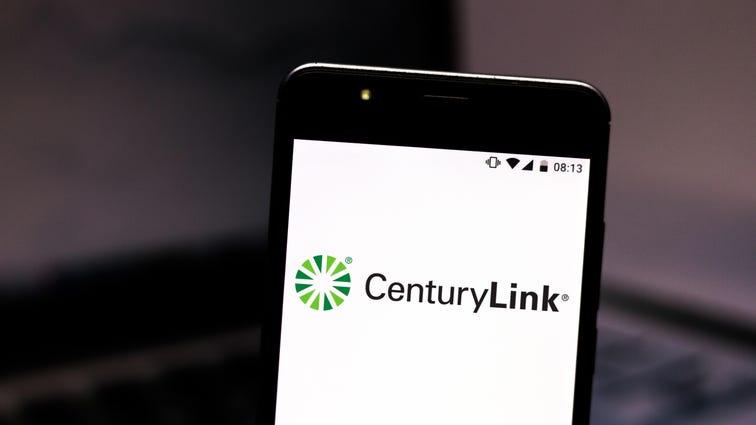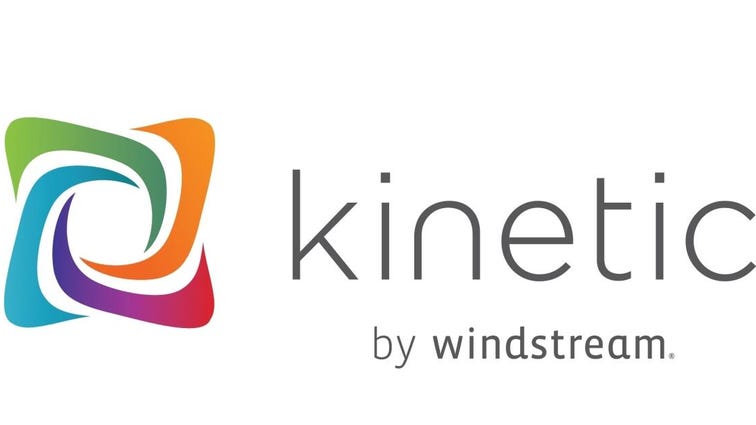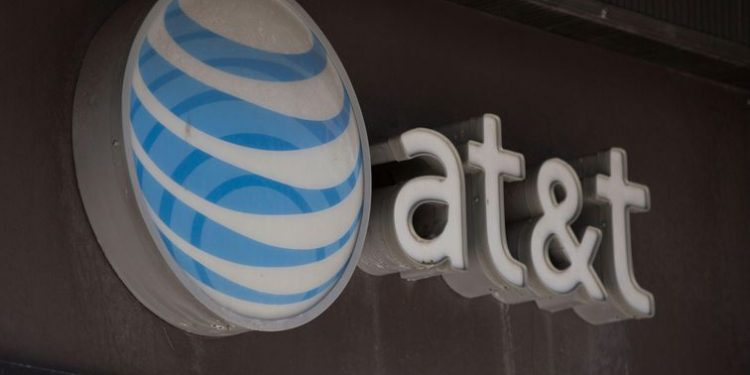If you’re shopping for a new internet plan at home, there’s a very good chance that your local options include phone line-based DSL service. DSL, short for digital subscriber line, is second only to satellite internet in terms of availability, reaching nearly 89% of US residents. On top of that, if you’re looking for cheap internet service, it’s often a safe bet.
But if you choose DSL internet service because it’s cheap and readily available, be prepared for underwhelming speeds. While some DSL providers are capable of delivering an internet speed that rivals the low end of cable and fiber-optic connections, less than half of DSL households can access anything that would actually qualify as broadband internet.
Ultimately, the quality and value of DSL comes down to your location and which internet service provider is available in your area. We’ve compiled a list of the best DSL providers to give you an idea of what to look for — here they are in no particular order other than alphabetical. We’ll update this list periodically.
Alastair Pike/AFP via Getty Images
- Price starting at: $45/mo.
- Download speed: up to 100Mbps
- Upload speed: up to 10Mbps
- Availability of fastest speed: 40%
Though its true 100% DSL service is no longer offered to new customers, AT&T internet is still available to more people than any other internet provider (excluding satellite). Much of that widespread availability is due to its DSL-based copper hybrid service, branded simply as “AT&T Internet,” which spans 96% of AT&T’s coverage area. AT&T Internet will likely not be available in service areas that overlap with AT&T Fiber, however.
You’ll only get one plan option with AT&T Internet: $45 per month for whatever the fastest speed is available at your address. One plan option with varying speeds may sound weird, but it’s actually common among DSL providers, including most listed on this page. The good news is that speeds ranging from 25 to 100Mbps are available in over two thirds of AT&T DSL service areas, with the max DSL speed of 100Mbps available in 40% of the provider’s footprint.
At $45 per month ($55 after 12 months) for speeds up to 100Mbps and a monthly equipment fee of only $10, AT&T Internet is a fairly good deal, even when compared to similar plans from most cable internet providers. Watch your data usage with AT&T Internet, though, as going over the 1TB per month limit could result in a $10 charge for each 10GB block needed to compensate for your overage, up to $100.
Read more about AT&T’s home internet service.

Rafael Henrique/SOPA Images/LightRocket via Getty Images
- Price starting at: $49/mo.
- Download speed: up to 140Mbps
- Upload speed: up to 40Mbps
- Availability of fastest speed: 27%
CenturyLink doesn’t have the same impressive availability as AT&T, but it does offer service in more states, 36 compared to AT&T’s 22. Another thing CenturyLink has going for it over AT&T: the Price for Life Guarantee.
CenturyLink’s Price for Life Guarantee comes with all plans up to 100Mbps (so essentially all DSL plans, though some locations may have access to 120 or 140Mbps plans). It guarantees that the plan’s price, $49 per month, will remain the same for as long as the customer keeps it. Equipment fees, which are currently around $15 per month, are not included in the price guarantee.
Like AT&T, CenturyLink’s DSL service has a single plan price point, but multiple speed options may be available. Opting for a lower speed, anything below the 80 and 100Mbps plans, could save you some money upfront on installation costs, but other than that, there seems to be no reason as to why you’d want to choose a slower plan when the monthly price is the same.
CenturyLink is also the only other DSL internet provider on our list that comes with a data cap, but going over won’t have the same costly consequences as AT&T. CenturyLink plans come with a 1TB per month data allowance, but going over won’t result in added fees or throttled speeds. Excessive, frequent overages, however, may violate your user agreement, which could lead to service disruptions down the road.
Read more about CenturyLink’s home internet service.

Frontier Communications
- Price starting at: $38/mo.
- Download speed: up to 115Mbps
- Upload speed up to: 3Mbps
- Availability of fastest speed: 10%
If you’re interested in DSL for the low pricing, Frontier is sure to impress. At first glance, Frontier plans are priced about the same as other providers, maybe a bit lower — but then you realize that the equipment fees are included in the monthly price. That’s right, no additional fees for equipment. On top of that, Frontier plans come with unlimited data and no contract requirements. The latter is less impressive, as all providers on our list are contract-free, but the unlimited data is a nice standout.
Another strong point for Frontier is that there are three pricing tiers depending on what speeds are available in your area, so you won’t get stuck paying the same price for 9Mbps as someone who is getting 100Mbps. Look to our Frontier overview page for more information on Frontier plans and pricing.
One caveat with Frontier: consistently low customer satisfaction numbers indicate not all are pleased with the service. A good number of those customer complaints can likely be attributed to slow speeds, as nearly three-quarters of households serviceable for Frontier will only be eligible for download speeds ranging from 10 to 25Mbps, according to the FCC. Furthermore, the majority of customers will only have access to upload speeds ranging from 1 to 2Mbps. Still, if you don’t have faster options at your area, Frontier is worth a look for the fair-minded approach to pricing.
Read more about Frontier’s home internet service.

Windstream
- Price starting at: $37/mo.
- Download speed: up to 232Mbps
- Upload speed: up to 232Mbps
- Availability of fastest speed: 7%
Speeds of any DSL provider will vary by location — that’s just the nature of a DSL connection — but you’re likely to get the fastest DSL connection possible with Kinetic. Top speeds max out at around 232Mbps — more than double the max speeds of any other provider on our list excluding CenturyLink’s 120 and 140Mbps plans.
Kinetic Internet 200, which advertises a speed range of 126-232Mbps starting at $37 per month, is not available in all service areas, but more than half of Kinetic customers will have internet access to speeds of 100Mbps or higher. The same goes for max upload speeds, which are higher than you’ll find among any major DSL provider.
Like Frontier, Kinetic by Windstream plans come with unlimited data and no contract requirements. Equipment is not included, though, and the rental fee will add around $10 to your monthly bill. Even still, if you can get speeds up to 200Mbps or higher for $47 a month (plan price plus equipment), that’s an excellent deal.
Read more about Windstream and other top rural internet options.
Best DSL providers honorable mentions
These DSL providers all have sizable footprints throughout the US, but lack the speed, value or consistency of other providers to make our list of the best. They’re still worth checking out if available in your area.
EarthLink
EarthLink established a fairly large DSL network by acquiring or using networks from other providers. DSL internet plans start at $45 per month for speeds around 25Mbps, but pricing and speeds can vary widely by location.
Verizon
While Verizon Fios is the flagship of Verizon’s internet service, the ISP does offer DSL service in select areas. The starting pricing for its DSL plan is low at around $25 per month, but speeds any higher than 10Mbps are tough to find.
Ziply Fiber
Wave Capital recently acquired DSL and fiber-optic networks from Frontier Communications in the Pacific Northwest and transferred service to its new brand, Ziply Fiber. Though “fiber” is in the name, the provider still offers DSL service. Plans start at $40 per month, but the download speeds are “variable.”
Best DSL providers recap
DSL internet is a common internet option thanks to high availability and low pricing, but relatively slow speeds will almost always fall well short of cable or fiber internet plans. That said, all of the DSL providers on our list offer speeds up to 100Mbps or higher in select areas, which is plenty of speed for streaming in HD and gaming online. Most providers also come with favorable service terms, such as unlimited data or high data allowances, contract-free service and price guarantees.
DSL internet FAQs
Is DSL better than cable internet?
In most locations, no. Cable typically offers faster speeds and lower cost per Mbps than DSL. Some high-speed DSL providers, such as Kinetic, can deliver speeds that rival low or midlevel speed tiers available from a fiber-optic or cable provider. Additionally, DSL does offer slightly better availability than cable internet, especially in rural areas.
Why is DSL internet slow?
DSL speeds are like the noise level at a concert. The closer you are to the stage, the louder it will be. With DSL, providers often use fiber-optic or coax cables to run service to local service hubs and from there use a telephone line to carry service to your home. These service hubs are like the stage at a concert. The closer your address is to a provider’s service hub, the faster your speeds are likely to be. This is why residents of more remote, rural areas are often stuck with the slowest DSL speeds.
Is DSL just fancy dial-up?
Though DSL also uses your phone line for service, DSL and dial-up are two completely different internet connections. DSL uses the phone line differently than dial-up or your home telephone service, enabling an “always on” connection and simultaneous use of your home phone for making calls.
For more information about DSL internet and how it compares to other internet types and providers, view our list of the best internet providers of 2021.
Source by www.cnet.com















































